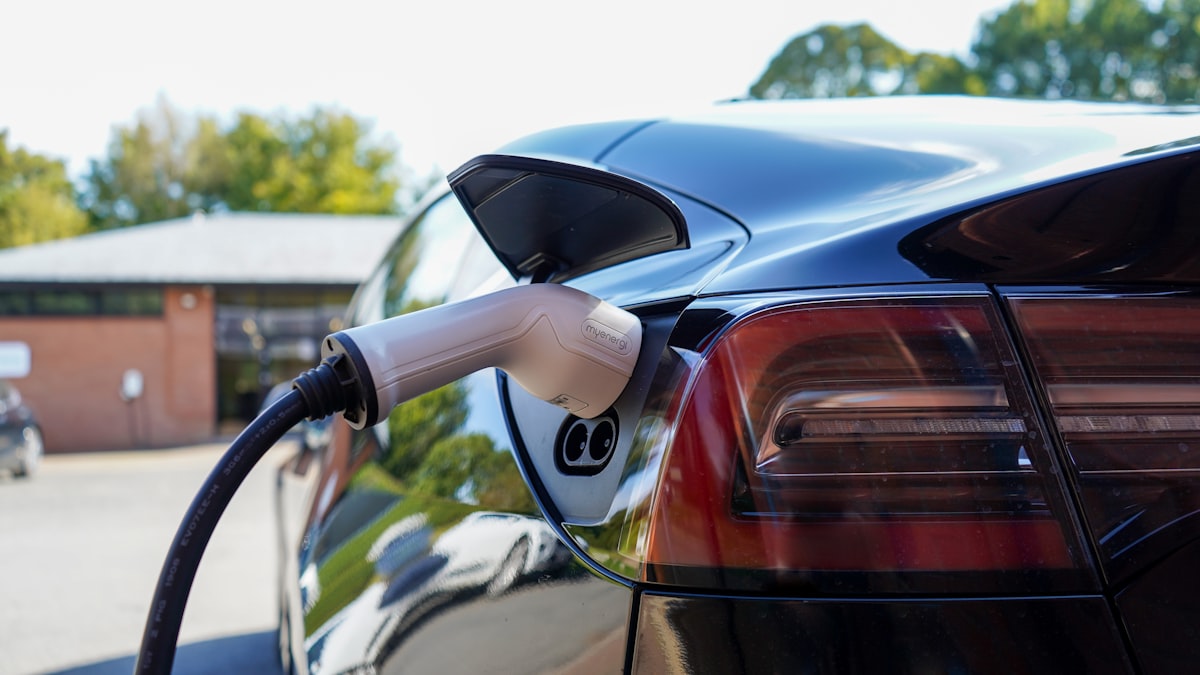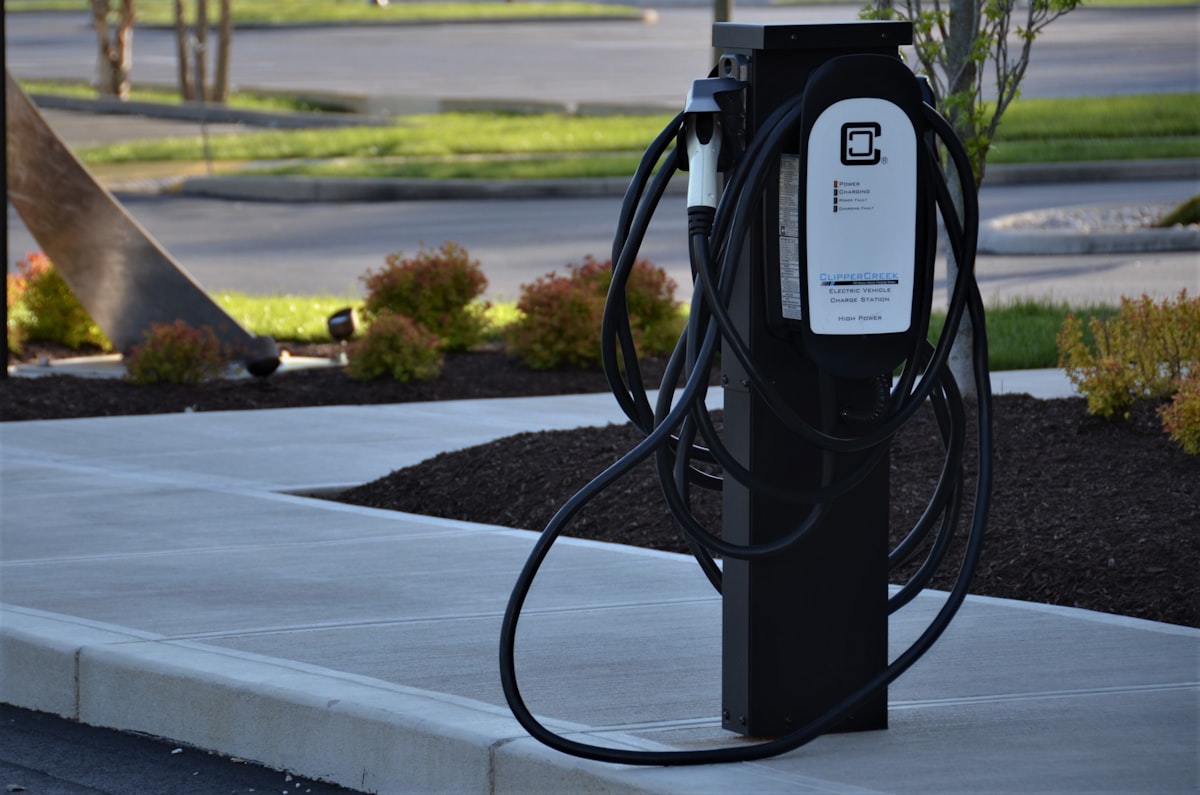Home EV Charging Installation Tips
Electric vehicles (EVs) are becoming increasingly popular. Installing a home EV charger can be a smart move. It ensures that your car is always ready to go. Here are some crucial tips to consider for installing a home EV charger.
Choosing the Right Charger
There are different types of EV chargers. Level 1 chargers use a standard 120-volt outlet. They are slow but convenient. Level 2 chargers require a 240-volt outlet. They are faster and more efficient.

Consider your daily driving needs. If you drive long distances, a Level 2 charger might be better. They typically add 10-60 miles of range per hour. Level 1 chargers add about 4 miles of range per hour.
Assess Your Electrical System
Before installing a charger, check your home’s electrical panel. You need to ensure it can handle the additional load. A Level 2 charger usually requires a 40-amp or 50-amp circuit. If your panel is full or outdated, you may need an upgrade. Consult a licensed electrician for this assessment.
Hire a Qualified Electrician
Installing a Level 2 charger involves electrical work. It’s important to hire a qualified electrician. Look for someone experienced with EV charger installations. They will understand the specific requirements. They can ensure everything is up to code.
Choose the Installation Location
Where you install the charger matters. Most people install them in their garages. Consider where your car is parked most often. Make sure there is enough space for the charger and cable. The location should be near your electrical panel to reduce installation costs.
Permits and Inspections
Local regulations may require permits for electrical installations. Check with your local government. Your electrician can usually handle the permit process. Once installed, an inspector will ensure it meets safety standards.
Cable Management
Proper cable management is crucial. It keeps your charging area tidy. It also prevents tripping hazards. Some chargers come with cable management systems. Alternatively, you can buy wall hooks or reels to keep cables organized.
Weatherproofing
If the charger is installed outdoors, weatherproofing is essential. Choose a charger designed for outdoor use. Some chargers come with built-in weather protection. You can also purchase weatherproof covers or enclosures.
Smart Features
Many modern chargers come with smart features. These include Wi-Fi connectivity, mobile apps, and scheduling capabilities. These features can provide convenience and efficiency. You can monitor charging status and manage settings remotely. Some models even integrate with home automation systems.
Bonding and Grounding
Bonding and grounding are critical for safety. Proper grounding prevents electrical shocks and surges. Your electrician will handle this. They will ensure the installation meets all safety codes and regulations.
Plan for Future Needs
Consider future-proofing your installation. You might buy another EV in the future. Install a charger that can handle multiple vehicles. Look for units with dual connectors or higher amperage capacity.
Understand Your Utility Rates
Charging an EV consumes electricity. Understand your utility rates. Some utilities offer time-of-use rates. Charging during off-peak hours can save money. Smart chargers can help schedule charging during these periods.

Emergency Preparedness
Have a plan for power outages. An EV charger relies on electricity. Consider a backup power source or generator. Some chargers can integrate with home battery systems. This ensures your vehicle stays charged even during outages.
Maintenance and Upkeep
Regular maintenance ensures the longevity of your charger. Clean the charger and cables periodically. Check for wear and tear. If you notice any issues, contact a professional for repairs.
Installing a home EV charger can be straightforward with the right preparation. These tips will help you set up a reliable and safe charging solution. Always prioritize safety and consult professionals when needed.
“`
Recommended EV Accessories
NOCO GENIUS10 Smart Charger – $79.95
Advanced battery maintainer and charger.
EV Charging Station Guide
Navigate the EV charging landscape.
As an Amazon Associate, we earn from qualifying purchases.




Subscribe for Updates
Get the latest articles delivered to your inbox.
We respect your privacy. Unsubscribe anytime.